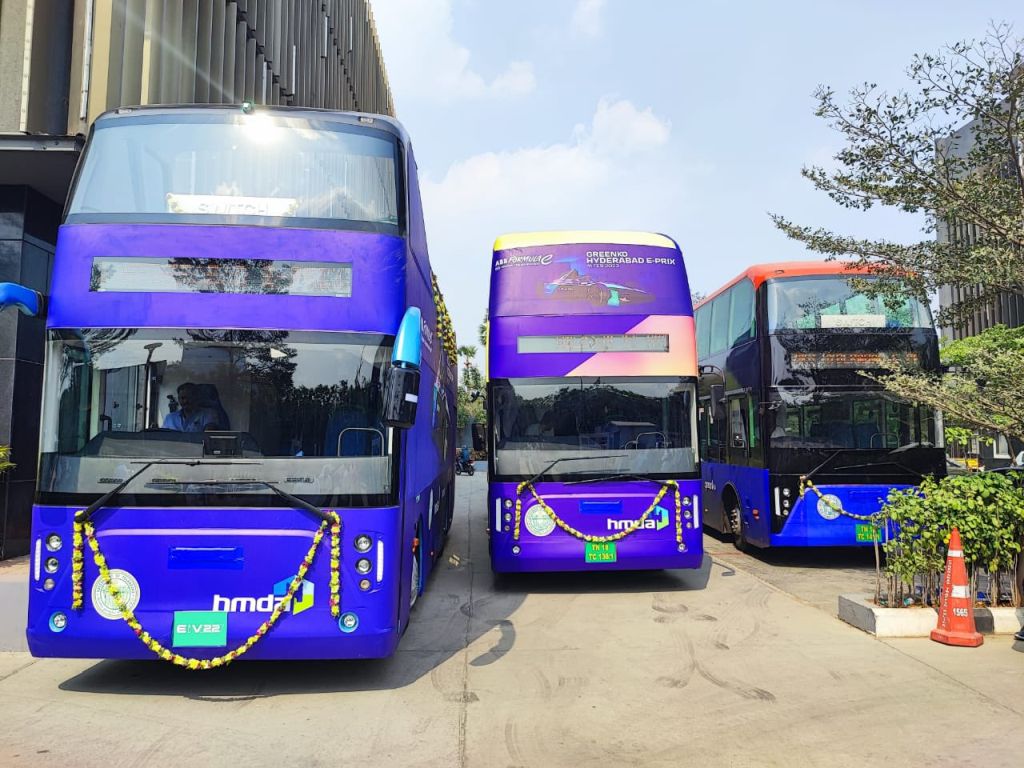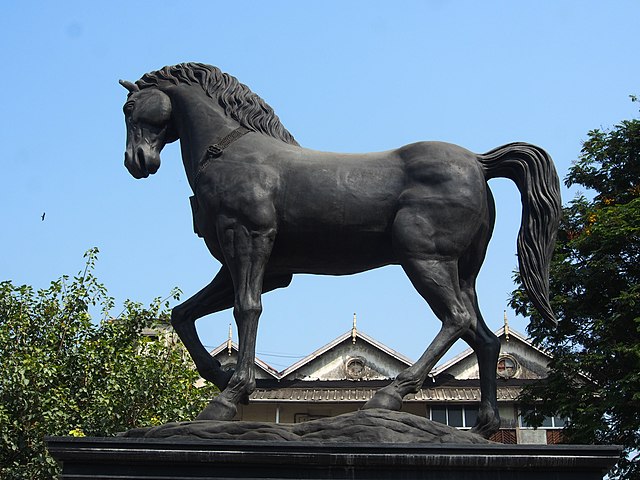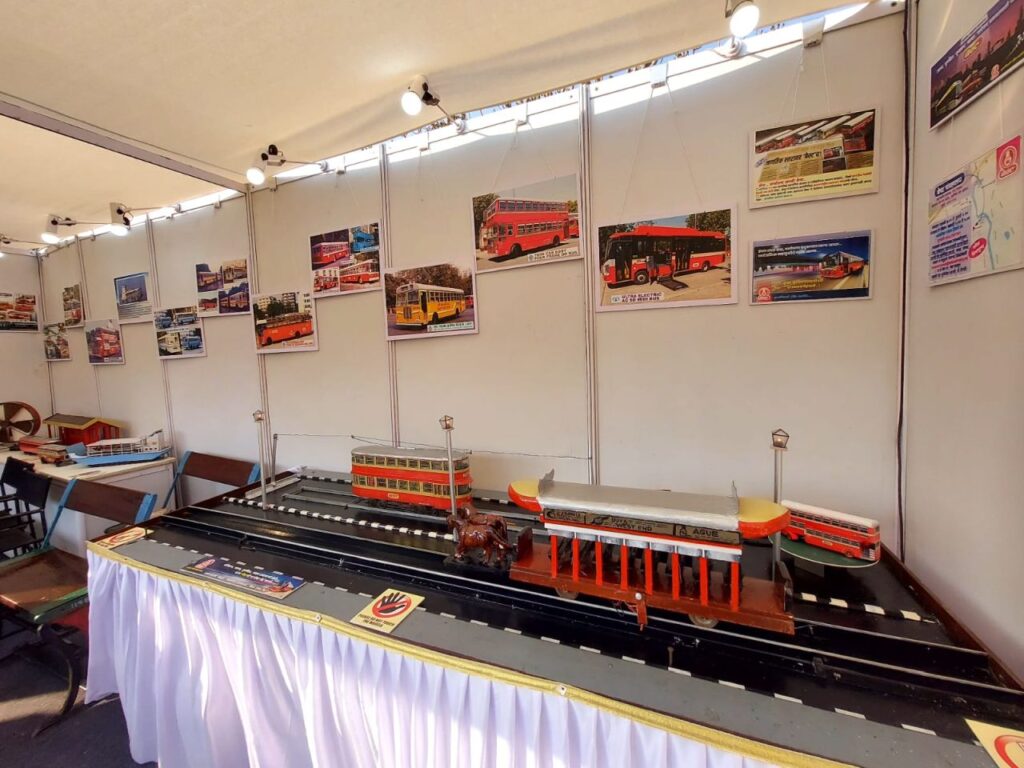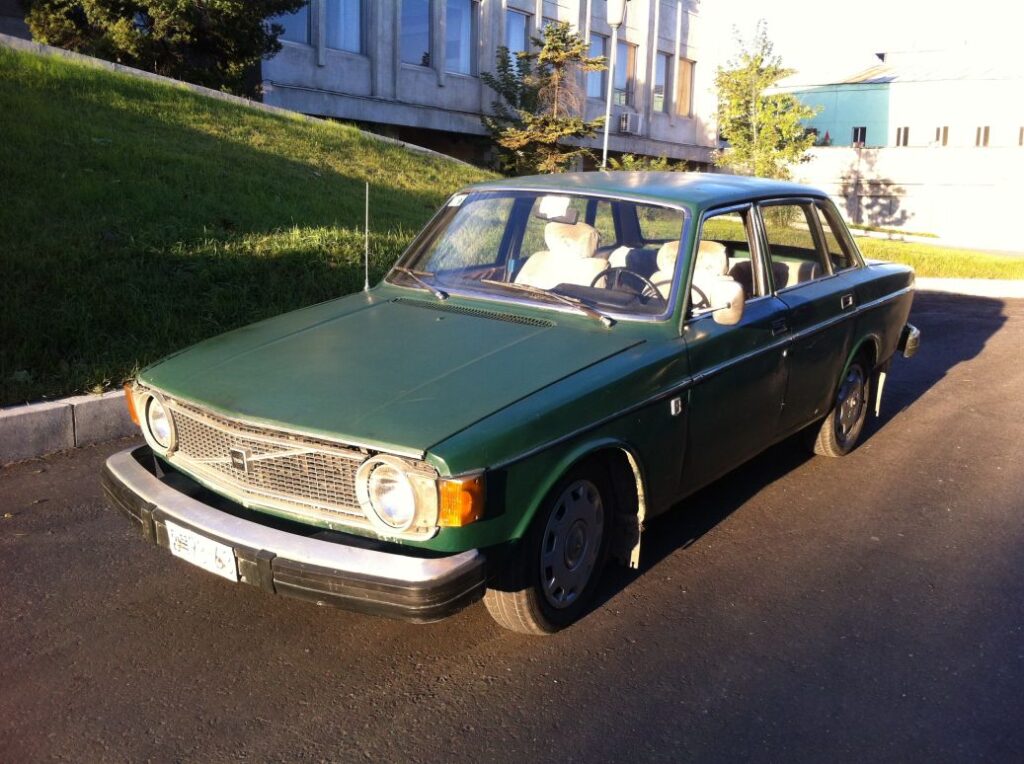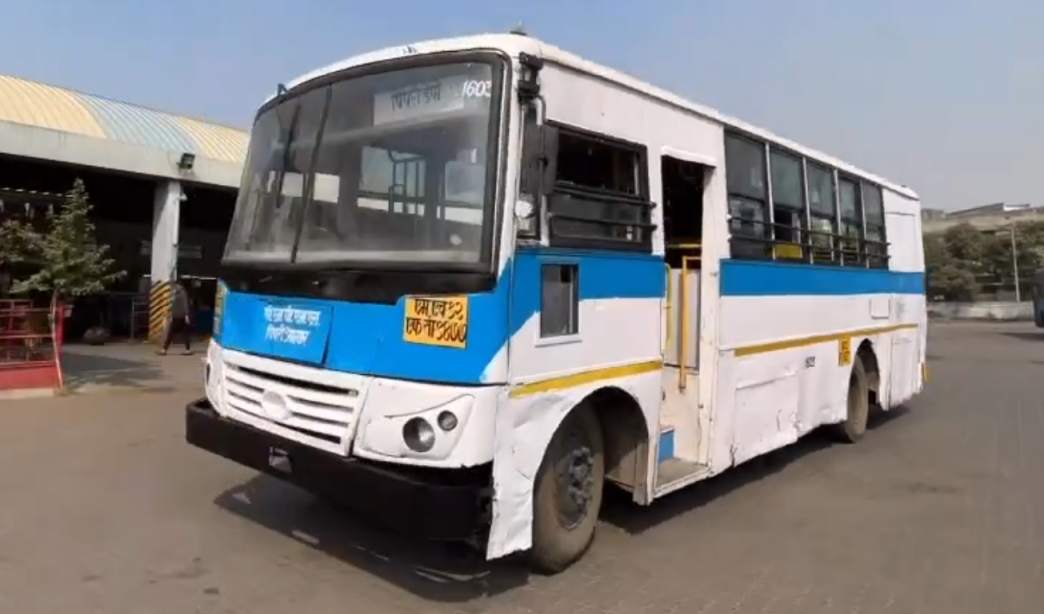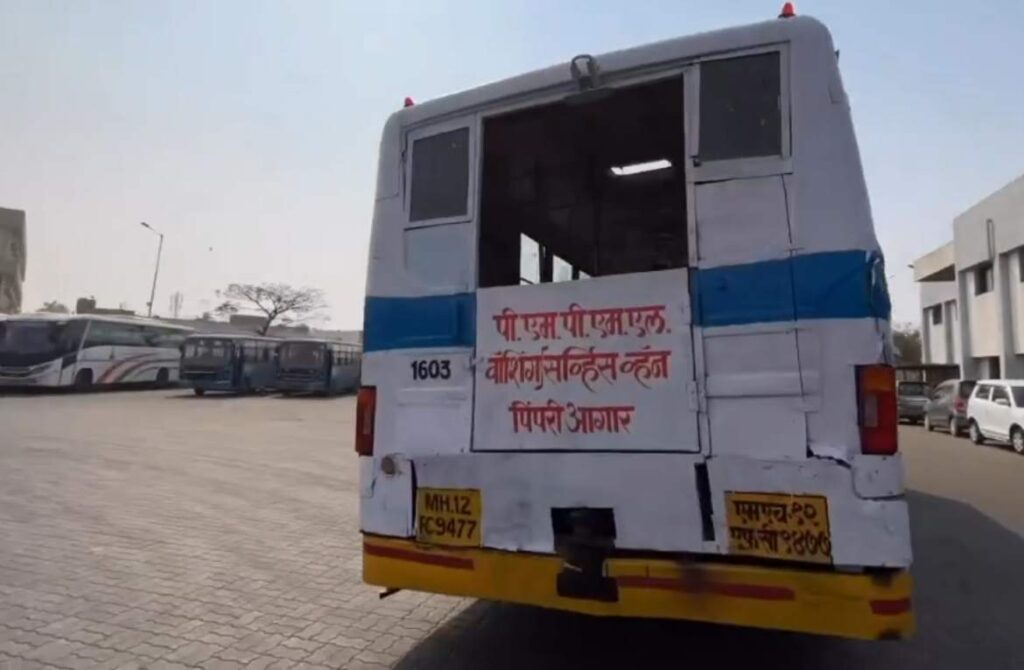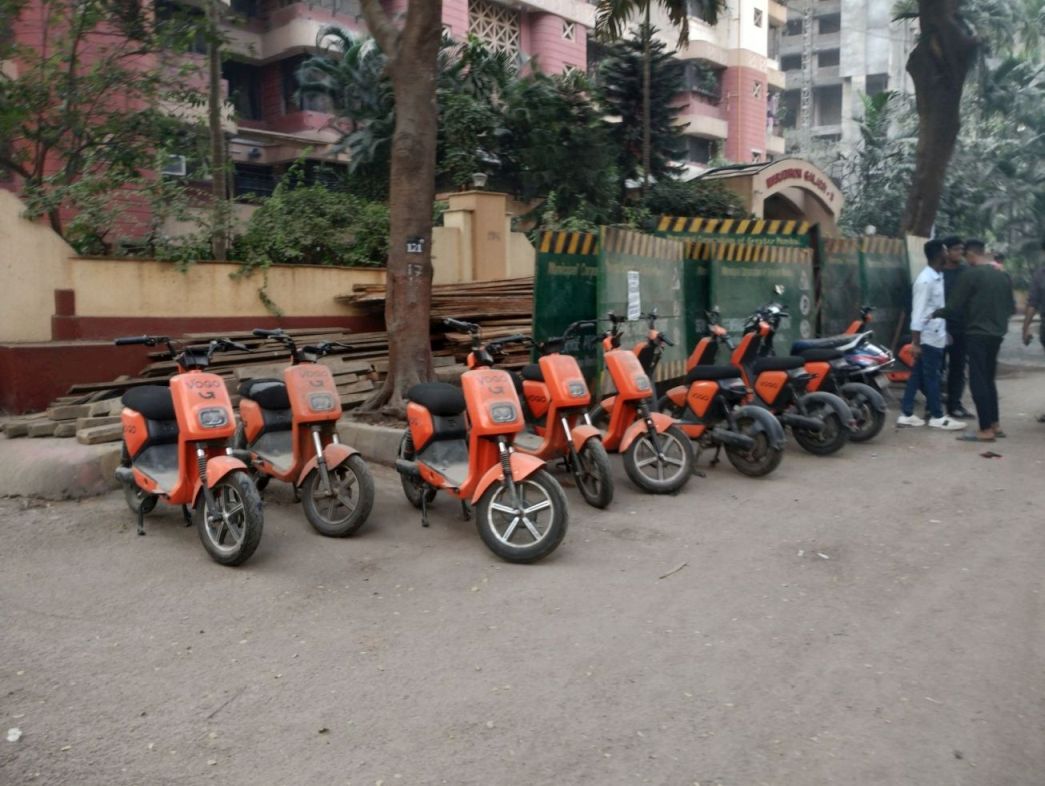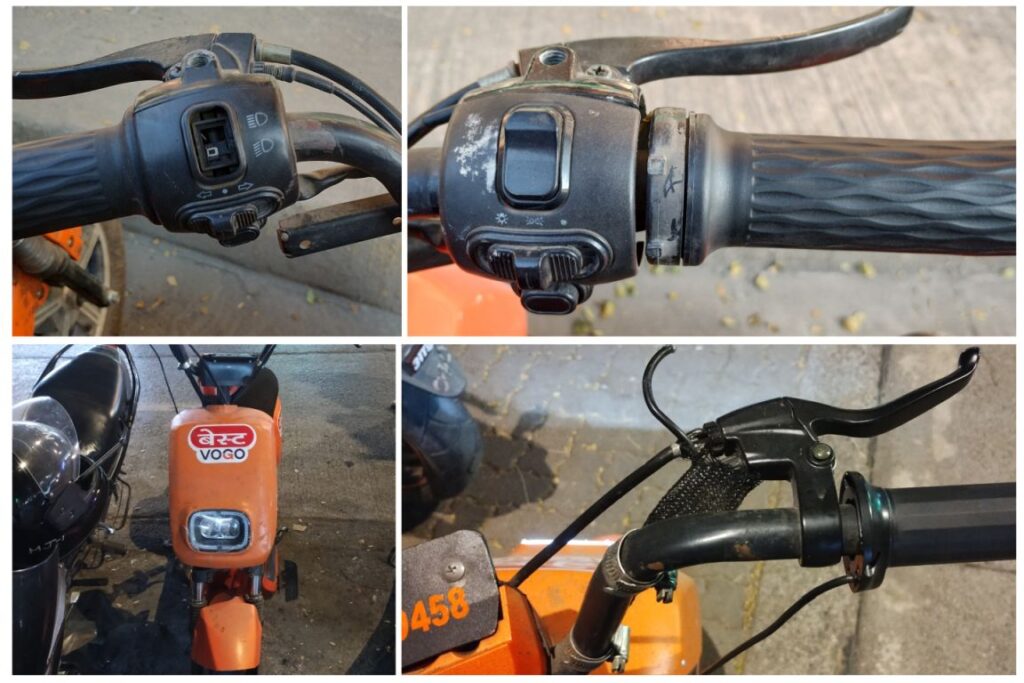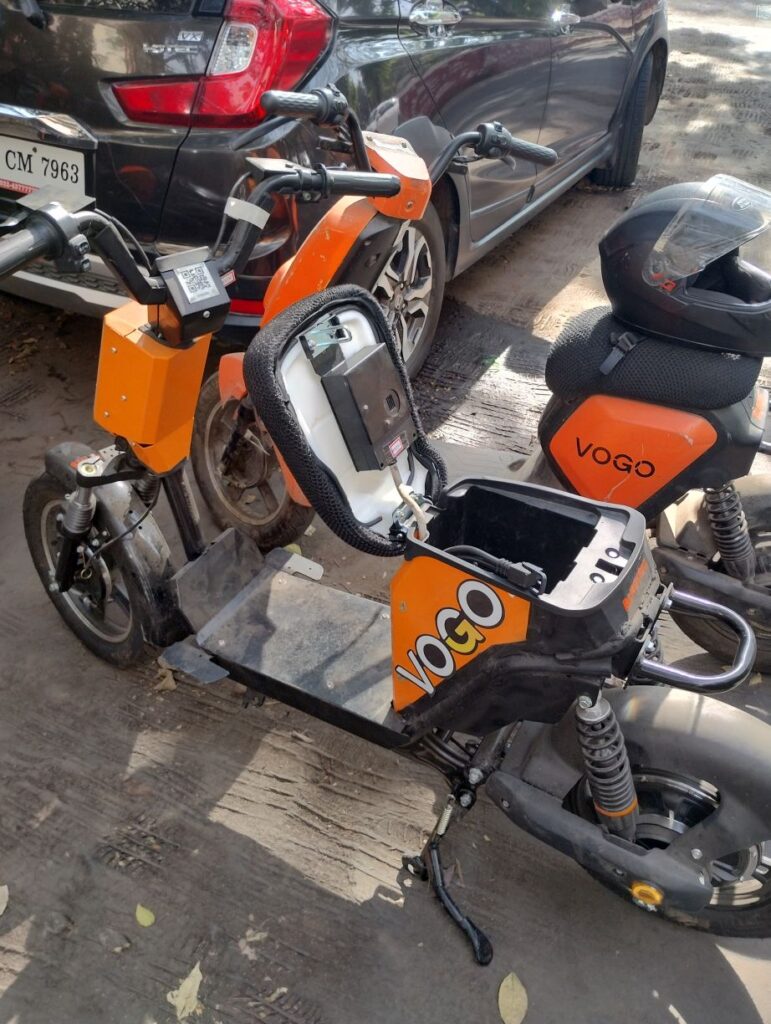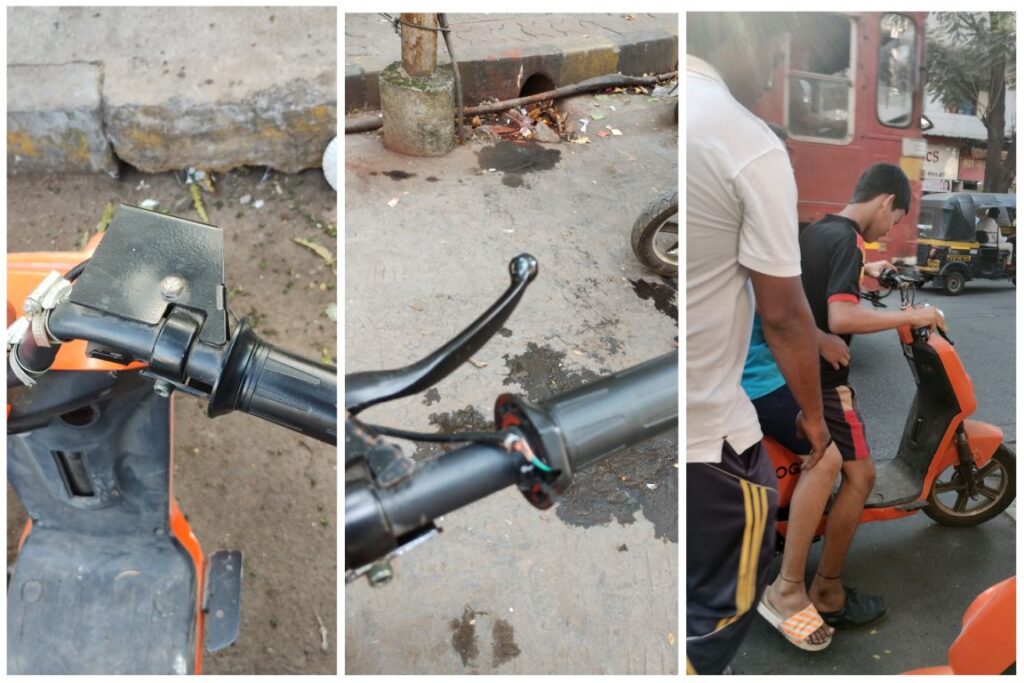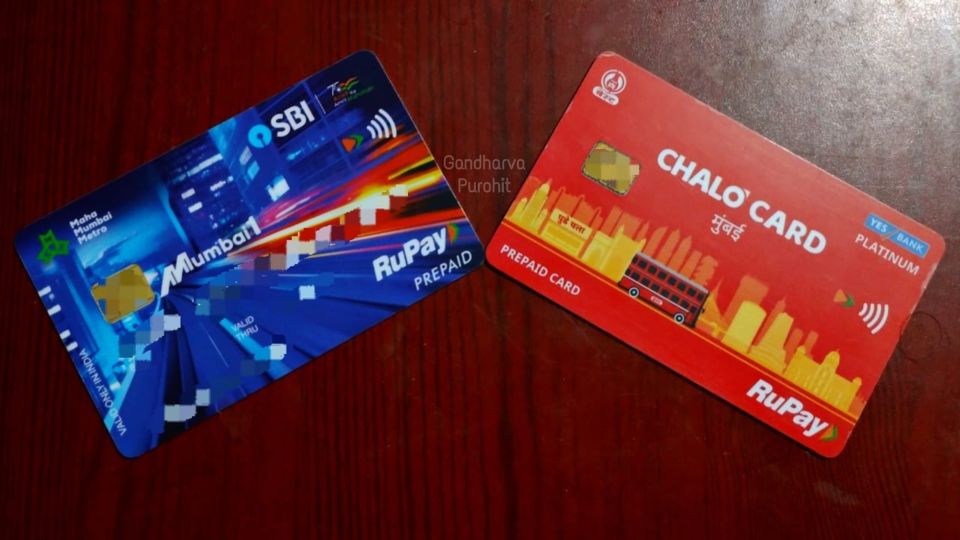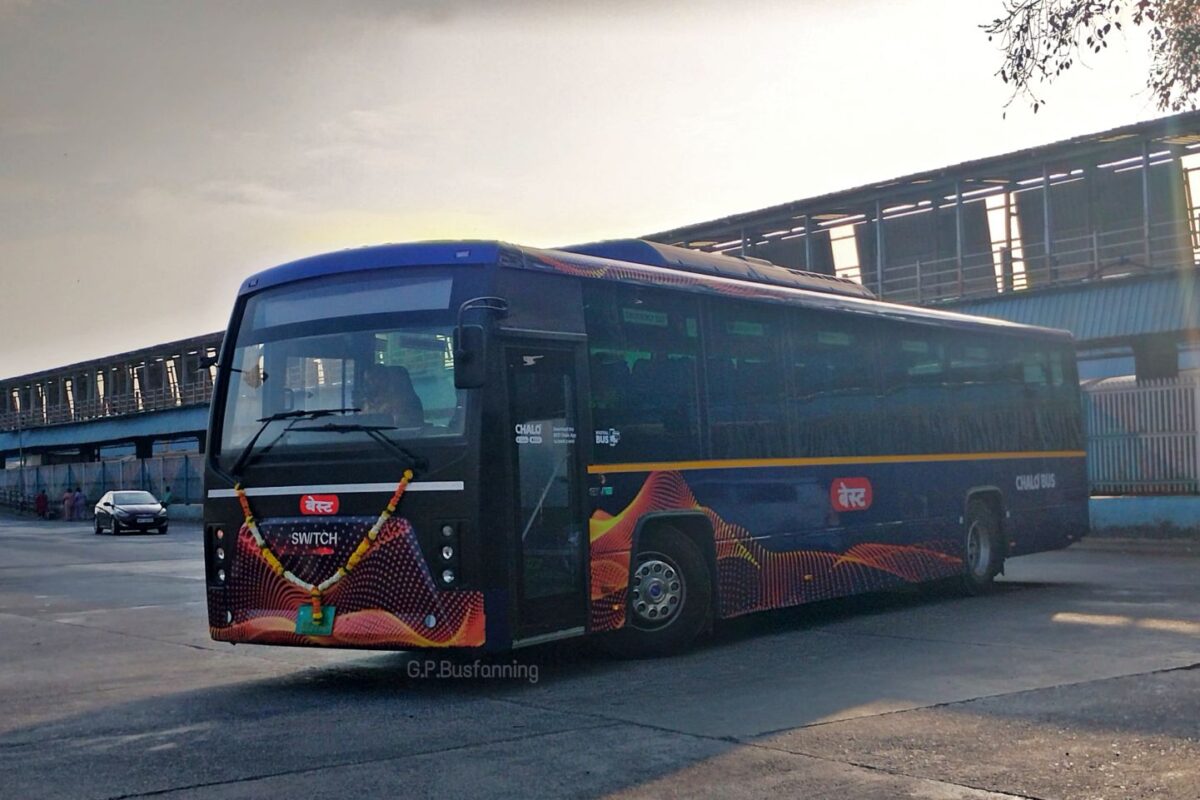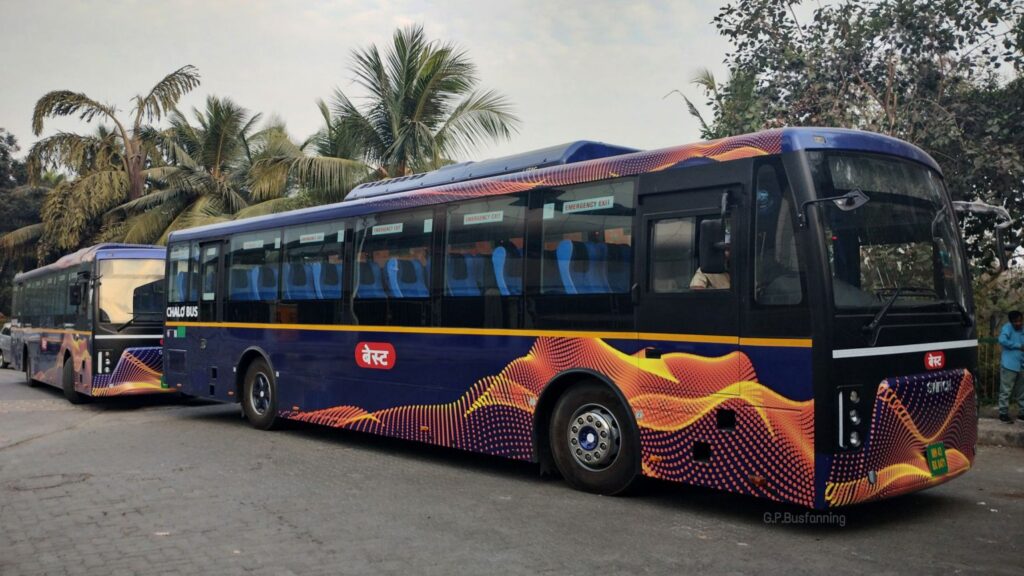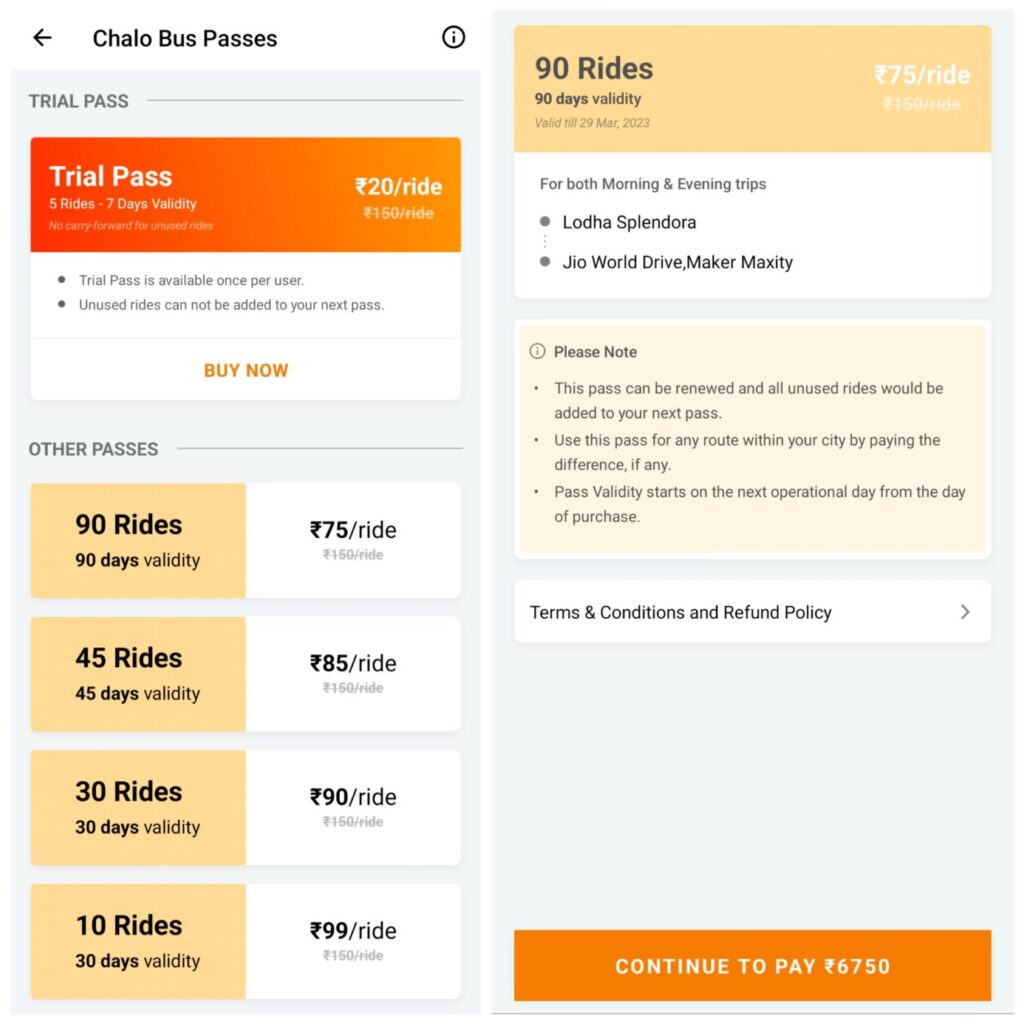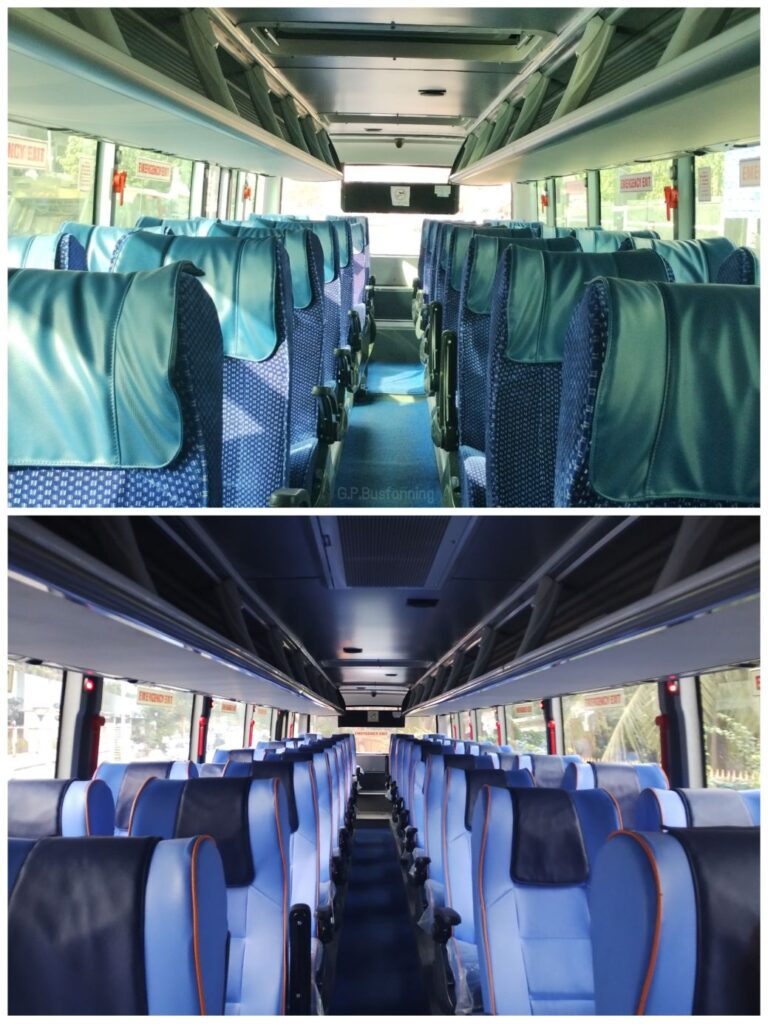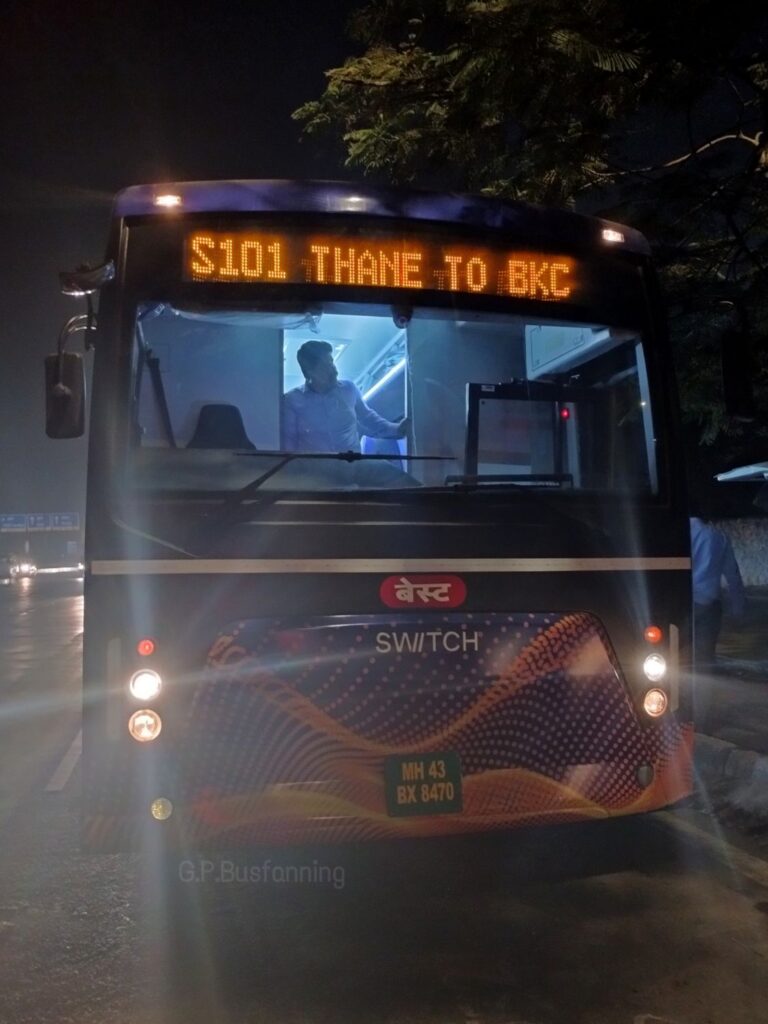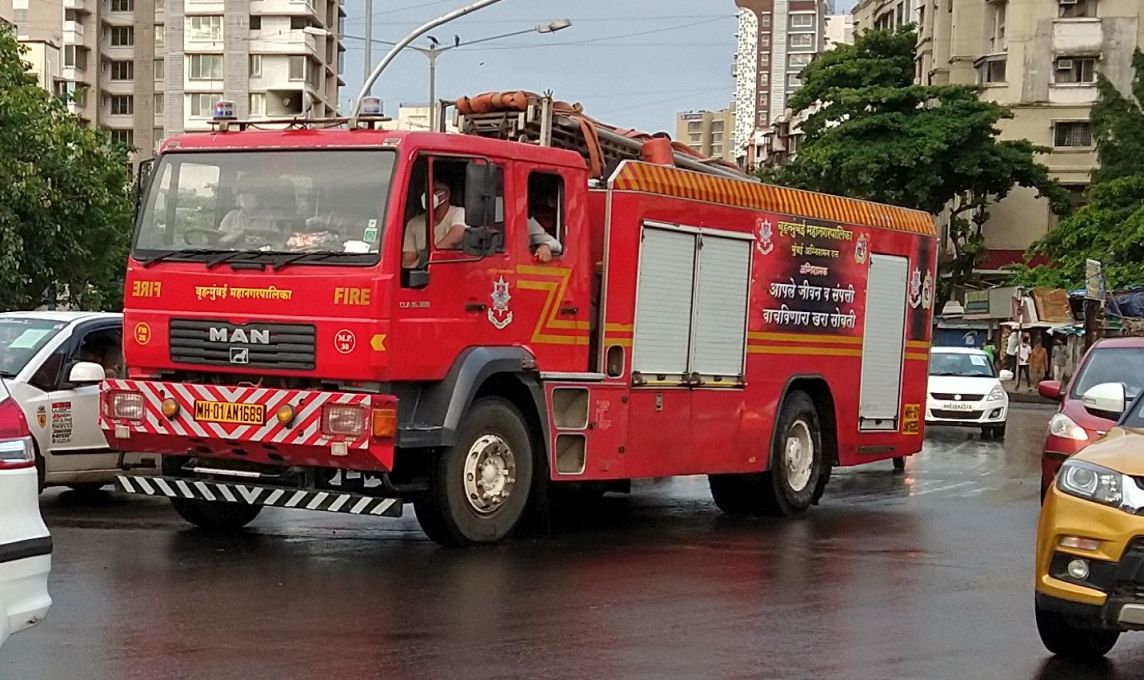After a gap of twenty years, double decker buses have returned to the roads of the southern city of Hyderabad, and this time in an electric avatar, making the City of Pearls to be the first city in India to have double-decker buses in operation. Double deckers were earlier operated by the Andhra Pradesh State Road Transport Corporation (APSRTC) until services folded up in 2003. Double deckers were introduced under the Nizam State Railways – Road Transport Division (NSR-RTD) of the erstwhile Hyderabad State. With the subsequent bifurcation of Andhra Pradesh in 2014, city services in Hyderabad came under the aegis of the Hyderabad Zonal Urban Road Transport Corporation (HZURTC) that comes under and operates using its parent body, the Telangana State Road Transport Corporation (TSRTC).
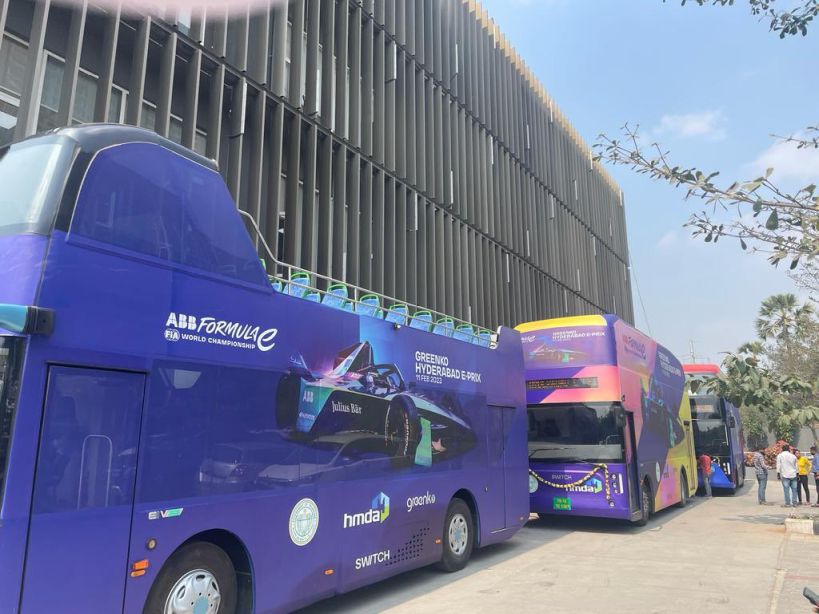
The Hyderabad Metropolitan Development Authority (HMDA) placed an order for six buses, of which three have been delivered with the rest to be delivered soon. The HMDA is looking to up its fleet to 20 such buses. The buses are Ashok Leyland Switch EiV 22 AC double deckers, although in the images released by the Special Chief Secretary for Urban Development Arvind Kumar, the Switch logo in the front of the bus was visibly covered up. Each bus costs ₹2.16 crore and comes with an annual maintenance contract (AMC) for 7 years. With a carrying capacity of 65 passengers plus the driver, each bus has a range of 150km and can be charged in 120 to 150 minutes.
The buses were flagged off by Minister for Municipal Administration and Urban Development KT Rama Rao along with Chief Secretary A Santhi Kumari, Chevella MP G Ranjith Reddy and Chandrayanagutta MLA Akbaruddin Owaisi.
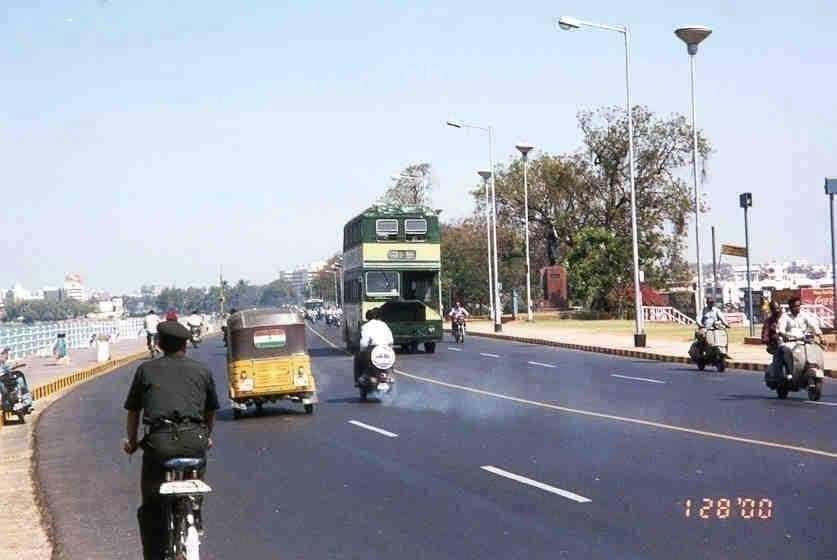
These buses will primarily run along the Hyderabad Street Circuit as part of the the Hyderabad Formula ePrix to be held on 11 February in and around the vicinity of the newly built Telangana Secretariat, Tank Bund, Necklace Street, Paradise and Nizam College. After that, they will be used for tourism along a heritage circuit in the city.
The Forumla ePrix and Hyderabad Street Circuit
The Hyderabad ePrix is part of the 2022-2023 Formula E Championship. The Formula E championship is a single-seat motorsport championship for electric cars and this will be the first edition to be held in India.
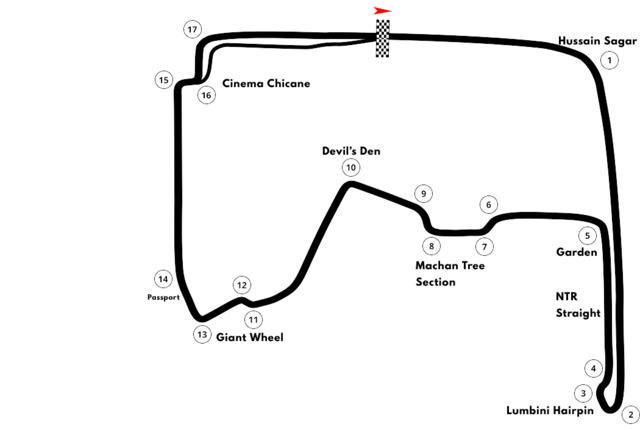
The Hyderabad Street Circuit is a race track laid along the roads of the city. Two designs were prepared, one by PPE Racing and the other by Driven International. The second one was chosen while the former was criticised for its rather phallic design with one racer allegedly saying it resembled a dildo.
Interestingly, in 2018, the Formula One Powerboat Championship (F1H2O) was held in the new capital of Hyderabad’s former state, Amaravati.
Telangana Mobility Valley
KT Rama Rao announced that Telangana would soon see investments of ₹3,000 crore in the mobility sector, in addition to the ₹8,000 crore already secured by the state in the segment. A new mobility cluster, named the Telangana Mobility Valley would be established for electric vehicles with a focus on manufacturing, engineering, research and development for vehicle manufacturing as well as cell chemistry, hydrogen fuel cells and component manufacturers. Currently, research and development in the EV sector is primarily based out of Bengaluru in neighbouring Karnataka while manufacturing is concentrated in the neighbouring Krishnagiri district and Chennai, both in Tamil Nadu.
Featured Image: Hyderabad’s new Switch EiV22 Double Deckers (Image tweeted by Arvind Kumar)
![]()
